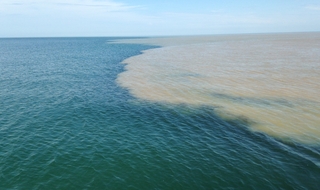In this chapter, we explore the water-quality dimension of the human relationship with rivers by focusing on the use of rivers for waste disposal—and the way that this use undermines the ecological and human value that healthy rivers can provide. We address questions such as these:
- Which pollutants affect the health of aquatic ecosystems and the people who use them?
- How does the Clean Water Act work to protect and restore the ecological and human uses of streams, lakes, and wetlands? How successful has it been in doing so?
- What other laws are relevant to protecting aquatic ecosystems?
To the right you can download resources from the book and access new resources relevant to this chapter.
